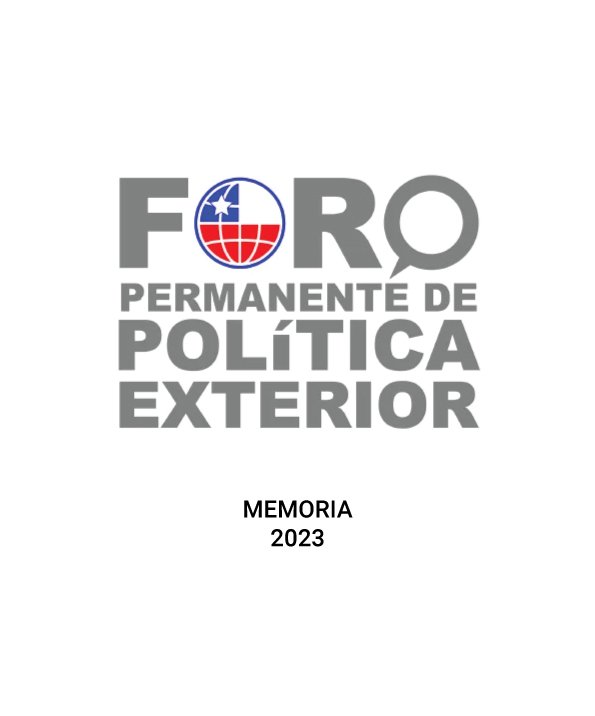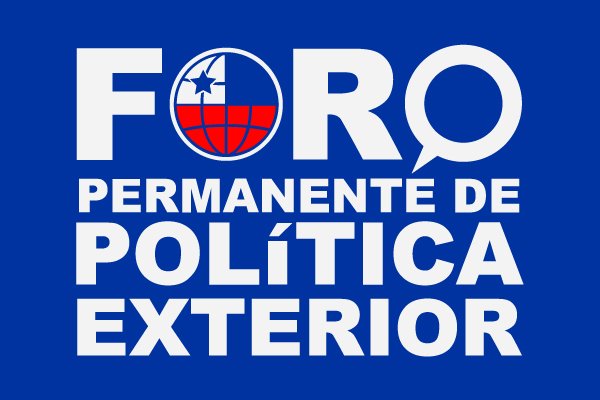When the world looks back on the response to the COVID-19 pandemic, one lesson it will draw is the value of competent national governments—the kind that imposed social-distancing restrictions, delivered clear public health messaging, and implemented testing and contact tracing. It will also, however, recall the importance of the CEOs, philanthropists, epidemiologists, doctors, investors, civic leaders, mayors, and governors who stepped in when national leaders failed.
Early in the pandemic, as the U.S. and Chinese governments cast research into the new coronavirus as a jingoistic imperative, the world’s scientists were sharing viral genome sequences and launching hundreds of clinical trials—what The New York Times called a “global collaboration unlike any in history.” The vaccine race involved transnational networks of researchers, foundations, and businesses, all motivated by different incentives yet working together for a common cause.
Still, with the rise of China, the fraying of the postwar liberal international order, and the drawbridge-up mentality accelerated by the pandemic, realpolitik is back in vogue, leading some to propose recentering international relations on a small group of powerful states. Although it is easy to caricature proposals for a world run by a handful of great powers as the national security establishment pining for a long-gone world of cozy backroom dealing, the idea is not entirely unreasonable. Network science has demonstrated the essential value of both strong and weak ties: small groups to get things done and large ones to maximize the flow of information, innovation, and participation.
Even if states could create a modern-day version of the nineteenth-century Concert of Europe, however, it would not be enough to tackle the hydra-headed problems of the twenty-first century. Threats such as climate change and pandemics transcend national jurisdictions. In the absence of a true global government, the best bet for guaranteeing the world’s security and prosperity is not to limit the liberal order to democracies but to expand it deeper into liberal societies. There, civic, educational, corporate, and scientific actors can work with one another—and with governments—in ways that enhance transparency, accountability, and problem-solving capacity.
Leaders do not face a binary choice between the state and society. Global problem solving is a both/and enterprise. The task is thus to figure out how best to integrate those two worlds. One promising approach would be to identify the many actors working on a specific problem (say, infectious disease) and then connect the most effective participants and help them accomplish clear goals. “We do not need new bureaucracies,” UN Secretary-General António Guterres has written. “But we do need a networked multilateralism that links global and regional institutions. We also need an inclusive multilateralism that engages businesses, cities, universities and movements.”
It is a dark time for global politics. States are adapting to a world of multiple power centers and complex issues that require coordination at every level of society. Four years of erratic, personality-driven leadership in the United States under President Donald Trump, moreover, have left the liberal order in tatters. To repair it, leaders need to tap the talent and resources outside the state. Humanity cannot afford to go back to a world in which only states matter.
THE CASE FOR EXPANSION
States create international orders to, well, establish order—that is, to fight chaos, solve problems, and govern. The liberal international order is a subset of this idea, a set of institutions, laws, rules, procedures, and practices that shaped international cooperation after World War II. Its purpose was to facilitate collective action by regularizing decision-making processes, developing shared norms, and increasing the reputational costs of reneging on commitments. The institutions that form part of that order—the UN system, the International Monetary Fund, the World Bank, NATO, and the precursor to the EU, the European Economic Community—served that purpose reasonably well for decades.
But the world cannot successfully address twenty-first-century threats and challenges, such as climate change, pandemic disease, cyberconflict, and inequality, without mobilizing a new set of actors. Existing institutions, although valuable, were built for a world of concentrated power, in which a handful of states called the shots. Today, power is much more diffuse, with nonstate actors strong enough to both create international problems and help solve them. Accordingly, the current order needs to expand not by differentiating between various kinds of states but by making room for new categories of nonstate actors.
Take the response to the pandemic. Unilateral action by national governments was often decisive in curbing the disease. Implementing social restrictions, closing borders, and providing emergency economic relief saved lives. Despite all the criticism they have received, international organizations were also essential. The World Health Organization was the first body to officially report the outbreak of a deadly novel coronavirus; it issued technical guidance on how to detect, test for, and manage COVID-19; and it shipped tests and millions of pieces of protective gear to more than 100 countries.
If humanity is to survive and thrive, it cannot go back to a world in which only states matter.
Also critical, however, were many other actors outside the state. As many governments promulgated false or politically biased information about the new coronavirus and its spread, universities and independent public health experts provided reliable data and actionable models. Philanthropies injected massive amounts of money into the fight; by the end of 2020, the Bill & Melinda Gates Foundation had donated $1.75 billion to the global COVID-19 response. The Coalition for Epidemic Preparedness Innovations, a global vaccine-development partnership of public, private, and civil society organizations, raised $1.3 billion for COVID-19 vaccine candidates, two of which, the Moderna vaccine and the Oxford-AstraZeneca vaccine, are already being administered to the public.
Officials below the national level also played a vital role. In the United States, where the federal government’s response was indecisive and shambolic, governors convened regional task forces and together procured supplies of ventilators and protective equipment. Michael Bloomberg, the billionaire philanthropist and former New York City mayor, provided funding and organizational and technical assistance to create a contact-tracing army in the city. Apple and Google partnered to develop tools that could notify smartphone users if they came into contact with people infected by the virus. Serious planning on when and how to reopen the U.S. economy was first done not in the White House but by governors and a CEO task force convened by the nonprofit the Business Roundtable. The first large-scale antibody study to determine the prevalence of the virus in the United States was conducted not by the National Institutes of Health or the Centers for Disease Control and Prevention but by California universities, an anti-doping research group, and 10,000 employees and players of Major League Baseball.
The response to the COVID-19 pandemic is only one example of how global actors, not states alone, drive solutions to complex problems. Although it would have been preferable had efficient central governments organized a coherent response to the pandemic, the distributed response on the part of others demonstrated just how much problem-solving talent exists outside the state. Moreover, as some countries become more nationalist, parochial, and captured by special interests, opening up the international order to global actors is the best way to reform the order in the absence of a major state-led initiative.
GROWING NETWORKS
The activity of global actors working on a given problem, such as COVID-19, is difficult to map, much less manage. But it is also here to stay. As the scholar Jessica Mathews first noted in Foreign Affairs in 1997, powers once reserved for national governments have shifted substantially and inexorably to businesses, international organizations, and nongovernmental organizations. Later that same year, one of us (Anne-Marie Slaughter) noted, also in these pages, the emerging “disaggregation of the state” into its component executive, legislative, judicial, and subnational parts. Regulators, judges, mayors, and governors were already working together in “government networks” that provided a parallel infrastructure to formal international institutions. This phenomenon has only grown more pronounced in the intervening two decades.
Still, nation-states will not disappear, nor even diminish in importance. Many governments possess political legitimacy that global actors often lack. Populist leaders have also demonstrated both the capacity to reassert traditional conceptions of sovereignty and the appeal of that strategy to many of their citizens. Trump single-handedly dismantled many of the signature foreign policy achievements of the Obama administration: he withdrew from the Paris climate agreement, torpedoed the Iran nuclear deal, and reversed the opening to Cuba. Autocrats in China, the Philippines, Russia, and Turkey have consolidated power and control, leading observers to bemoan a return to the era of the strongman. Where democracy is retrenching, however, it is often mayors, governors, businesspeople, and civic leaders who offer the strongest resistance. These actors prize and benefit from an open, democratic society.
The geography of global economic power, moreover, is also shifting in favor of nonstate actors. Five giant technology companies—Amazon, Apple, Facebook, Google, and Microsoft—have a combined market capitalization of roughly $7 trillion, greater than the GDP of every country except China and the United States. Even if governments reined in or broke up those five, scores of other companies would have more economic resources than many states. A similar shift is evident when it comes to security. As 9/11 made clear, some of the most potent national security threats emanate from organizations unaffiliated with any state. Even public service delivery is no longer the sole remit of governments. Since 2000, Gavi, the Vaccine Alliance, has helped immunize more than 822 million children in the developing world.
This transformation is partly the product of global connectivity. Never before has it been so easy to communicate, organize, and conduct business across national borders. In 1995, 16 million people used the Internet; in 2020, 4.8 billion did. Nearly 1.8 billion people log on to Facebook every day, a population larger than that of any single country. World trade as a percentage of global GDP is double what it was in 1975. According to one estimate, the number of treaties deposited with the UN grew from fewer than 4,500 in 1959 to more than 45,000 50 years later. In 1909, there were 37 international organizations; in 2009, there were nearly 2,000.
MAPPING THE NETWORKED WORLD
The world of global networks is a messy and contested space. International networks committed to ending climate change, promoting human rights, and fighting corruption exist alongside those bent on perpetrating terrorist attacks or laundering money. But COVID-19 has shown that successfully responding to contemporary challenges requires mobilizing global actors.
One way to marshal these forces is to expand the liberal order down. The goal should be a horizontal and open system that harnesses the power and efficacy of both governments and global actors. The pillars of this order might be called “impact hubs”: issue-specific organizations that sit at the center of a set of important actors working on a particular problem—coordinating their collective work toward common, clearly measurable goals and outcomes. A hub could be an existing international or regional organization, a coalition of nongovernmental organizations, or a new secretariat within the UN system specifically created for the purpose.
Gavi is the clearest example of this hub-based approach. The Gates Foundation helped found Gavi in 2000 as an alliance of governments, international organizations, businesses, and nongovernmental organizations. Its small secretariat is charged with a wide array of vaccine-related functions, from research to distribution, all under the eye of a 28-person board of public, private, and civic representatives. The founders of Gavi designed it as a new type of international organization, one that sought to be representative, nimble, and effective all at the same time. The result is far from perfect, but it has enormous advantages. Purely governmental organizations are often paralyzed by politics, and purely private or civic networks are invariably interested in pursuing their own interests.

In most areas of global problem solving, however, the challenge is not too few actors but too many. The goal is to identify the most effective and legitimate organizations in a particular area and link them to a hub that has both the funds and the authority to make a difference. Too much connection can be as bad as too little: the bigger the meeting, the harder it is to reach consensus and take action. Moreover, formal inclusion often means informal exclusion: when nothing gets done in the meeting, lots of action takes place among smaller groups in the lobby.
To avoid that outcome, would-be architects of a new global order should begin by mapping the networked world. A good place to start would be to look at the actors working on each of the UN’s 17 Sustainable Development Goals (SDGs)—targets the world has agreed must be met by 2030 to achieve global peace and prosperity. The relevant actors include UN special agencies and affiliates; regional groups such as the European Union and the Organization of American States; corporations such as Coca-Cola, Siemens, and Tata; large philanthropies such as the Gates Foundation, the Ford Foundation, and the Aga Khan Foundation; and research centers, private institutes, think tanks, and civic and faith groups. Mapping these actors and the connections between them would reveal the most important centers of activity and provide a starting point for figuring out where to locate or support a hub.
HUBS AND SPOKES
With networks mapped, leaders would then need to offer incentives to spur the designation or creation of the hubs. One way to do this would be to use challenges issued by international organizations, philanthropies, or groups of governments. The MacArthur Foundation’s 100&Change challenge, for instance, offers a $100 million grant to fund a single proposal that “promises real and measurable progress in solving a critical problem of our time.”
A properly designed challenge could encourage the formation of powerful hubs by triggering a natural growth process that network science calls “preferential attachment.” In all sorts of networks—biological, social, economic, political—the nodes that already have the most connections attract the greatest number of new connections. Within international relations, the UN is a useful example of this phenomenon. Initiatives and institutions often grow out of the UN because nearly all countries are already a part of its structure and because it has a record of credibility and expertise.
The UN should, however, pursue a more deliberate strategy to ensure that its many programs, commissions, and sub-organizations become problem-solving hubs. The secretary-general could, for example, connect a global network of mayors and governors to the UN Refugee Agency to help with refugee resettlement. Or, to combat climate change, the UN Environment Program could work with the Global Covenant of Mayors for Climate and Energy, a partnership between Bloomberg Philanthropies and the European Union that has brought together more than 7,000 local executives.
An expanded liberal order can harness and shape networks from every sector of society.
For those issues on which actors view the UN as too big, bureaucratic, or divided for effective action, regional organizations, informal groups, or existing public-private coalitions could serve a similar purpose. The point, however, is not simply to create partnerships and coalitions—the world is awash in them already. It is to create a stronger and more participatory order. Over time, the messy spaghetti bowl of global networks could evolve from a distributed structure with no hubs, or countless small hubs, into a more rationalized structure, one that has fewer but bigger hubs.
An effective global order also needs to be judged by its practical results, with clear metrics that incentivize competition and investment. Here, impact hubs offer an enormous opportunity to compare progress across different organizations, alliances, coalitions, and networks. Some organizations are already developing standardized metrics of progress. Impact investing—whereby investors seek not just financial returns but also environmental, social, and governance returns—is an enormous and fast-growing field. Just as traditional investors look to economic indicators such as profit margins, impact investors rely on concrete indicators to guide their choices, such as carbon emissions or school enrollment.
Leaders can and should apply similar metrics to the work of international institutions. Imagine a global impact metrics organization, comparable to the International Organization for Standardization, that rated global impact hubs in terms of the progress they were making toward achieving a particular SDG. However they were organized, reliable metrics would create a uniform way of assessing the actual contributions of different groups and hubs. In challenge competitions, the networks that were measurably more effective would prevail, which would then put them in a position to attract more people, funds, and connections, creating a virtuous circle.
The broader result would be a flexible, ever-changing system, one that would be more responsive and effective than the current order. It could meet the planet’s challenges while allowing for important variation at the local and national levels.
A NEW LIBERAL ORDER
As children pore over maps and globes, they learn to see a world neatly divided into geographic containers, brightly colored shapes separated by stark black lines. Later, they come to understand that although those borders are real, guarded by fences, walls, and officials, they are only one way of visualizing the international system. Satellite pictures of the world at night show clusters and ribbons of light, depicting the riotous interconnectedness of humanity in some places and the distant isolation of others.
Both of these images signify something relevant and important. The former portrays the state-based international order—visible, organized, demarcated. The latter illustrates the tangled webs of businesses, civil society organizations, foundations, universities, and other actors—an evolving, complex system that, although harder to conceptualize, is no less important to world affairs. The two exist side by side or, more precisely, on top of each other. The great advantage of the state-based order is that it has the legitimacy of formal pedigree and sovereign representation, even if it is often paralyzed and ineffective at solving important problems. The global order, by contrast, has the potential to be far more participatory, nimble, innovative, and effective. But it can also be shadowy and unaccountable.
If leaders bring together parts of both systems in a more coherent vision of a liberal order, the United States and its allies could build the capacity necessary to meet today’s global challenges. An expanded liberal order could harness networks of people, organizations, and resources from every sector of society. The existing institutions of the liberal, state-based order could become impact hubs. The result would be a messy, redundant, and ever-changing system that would never be centrally controlled. But it would be aligned in the service of peace and prosperity.
Contenido publicado en Foreign Affairs





